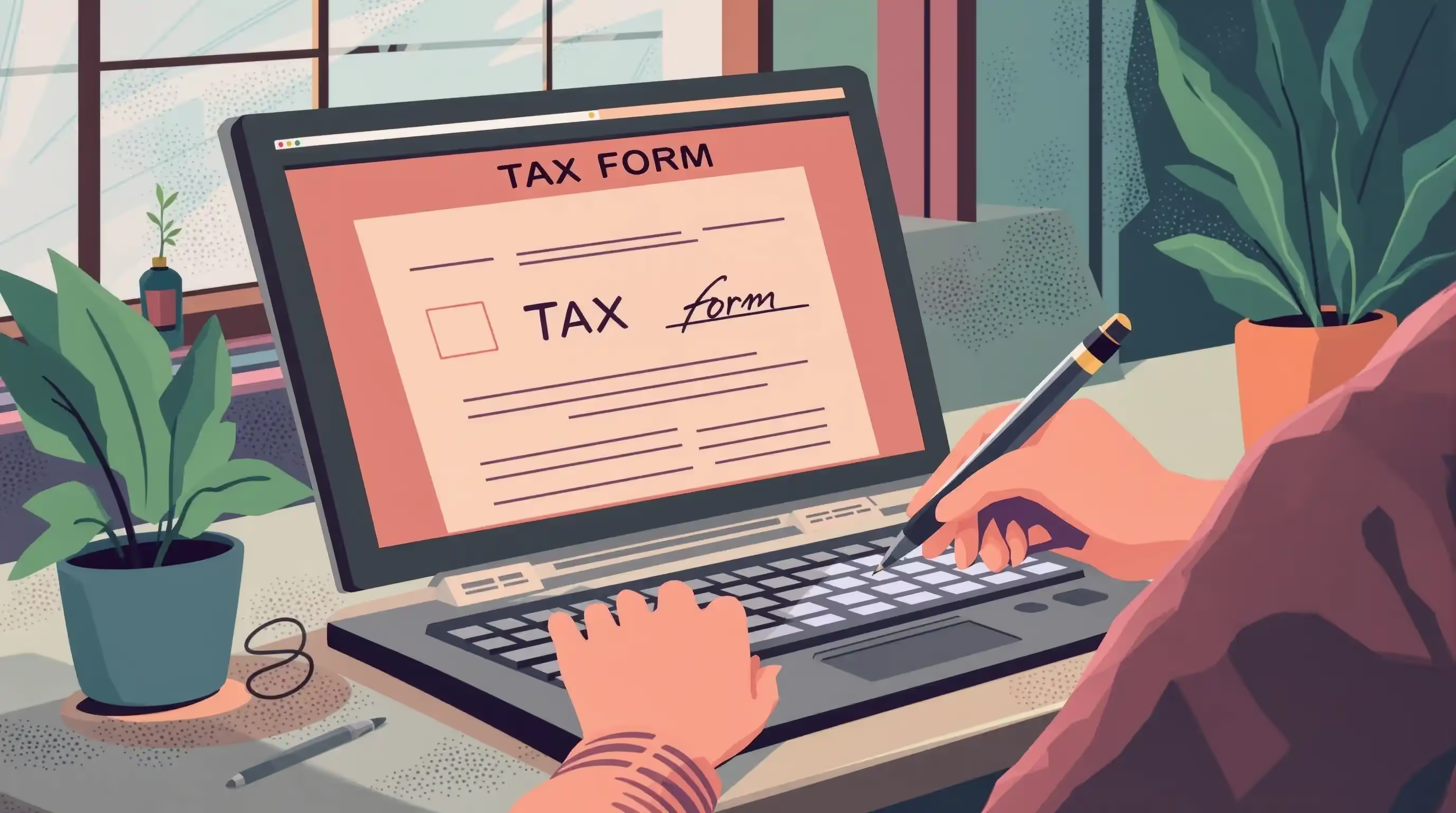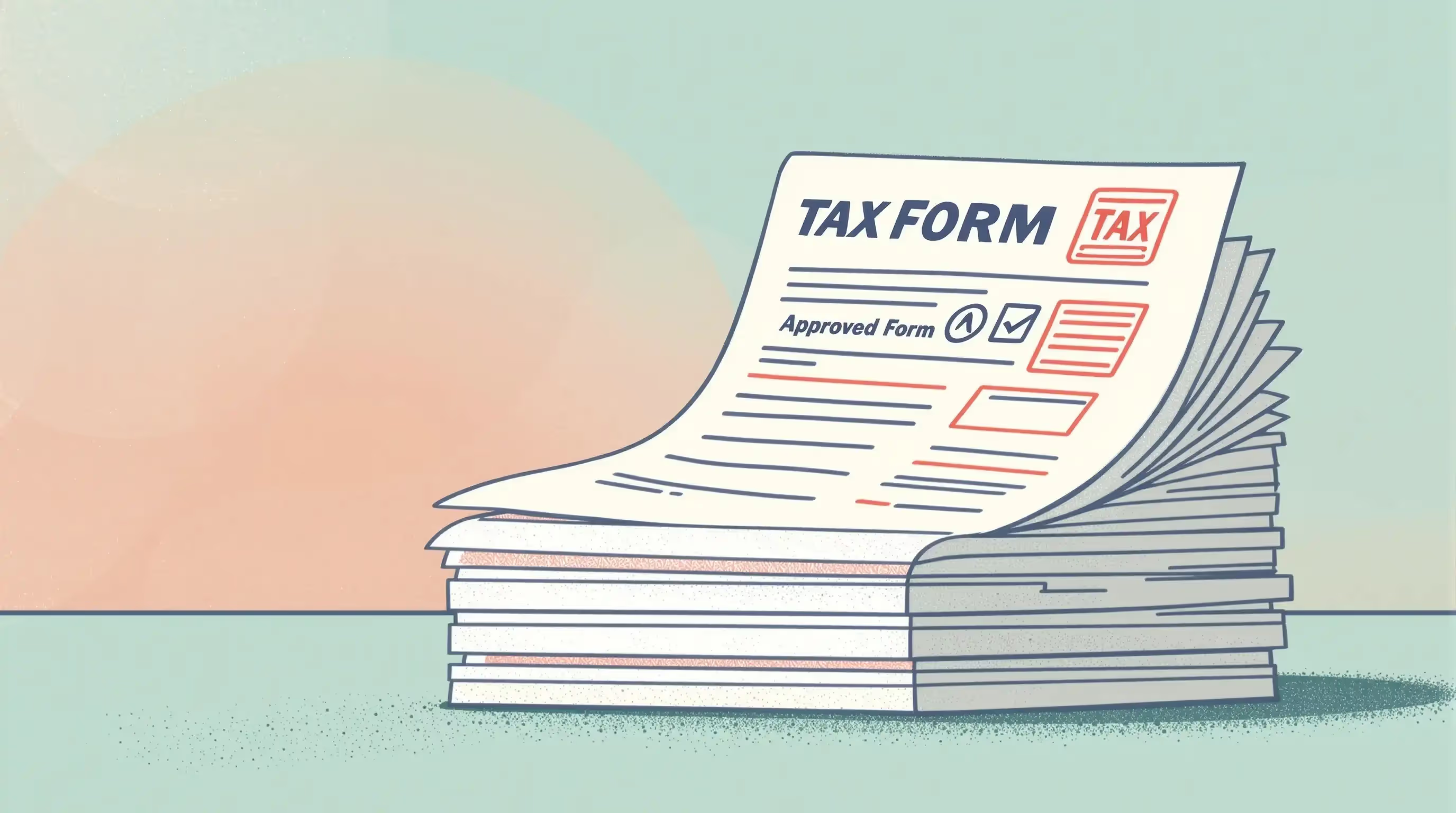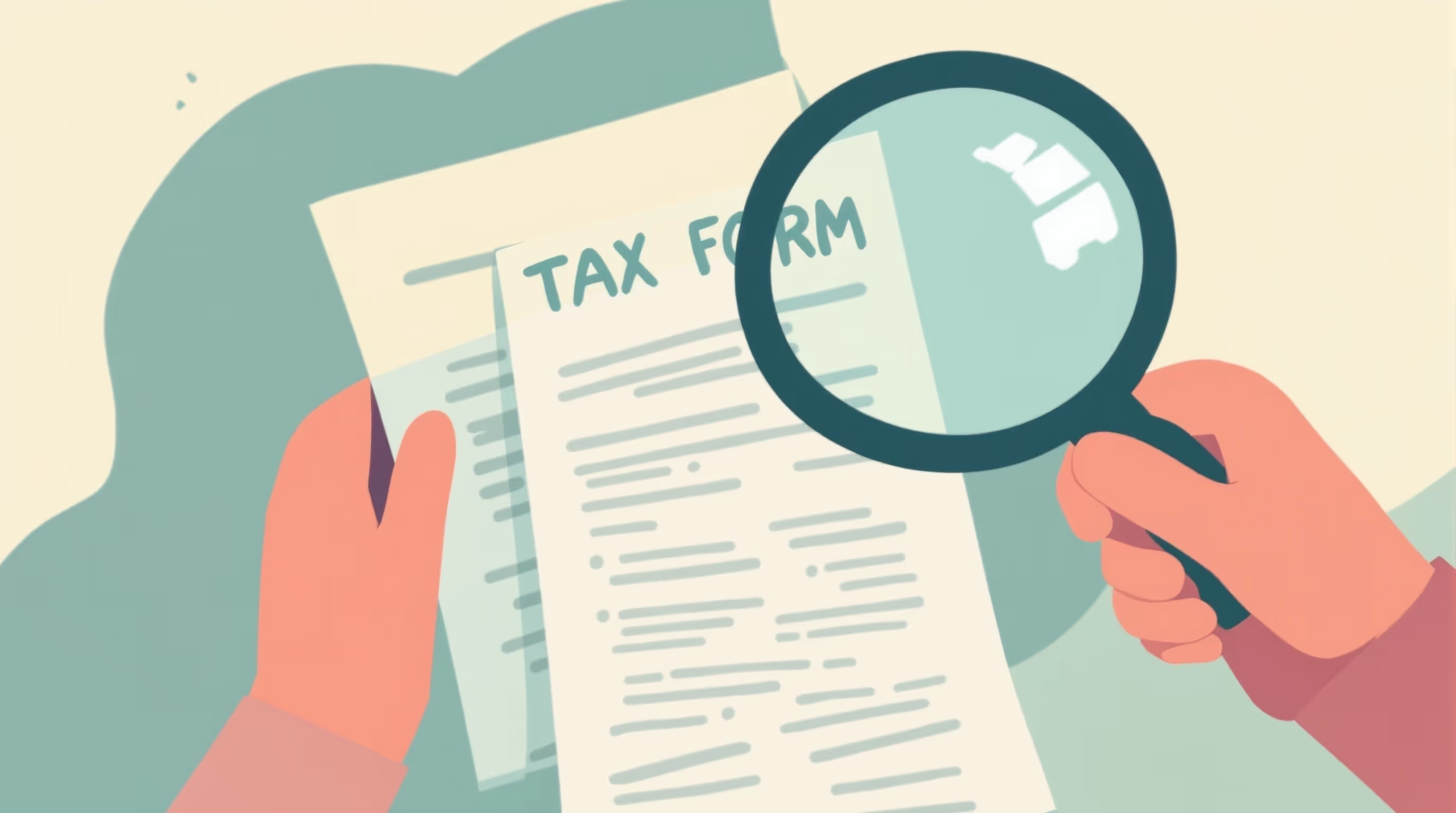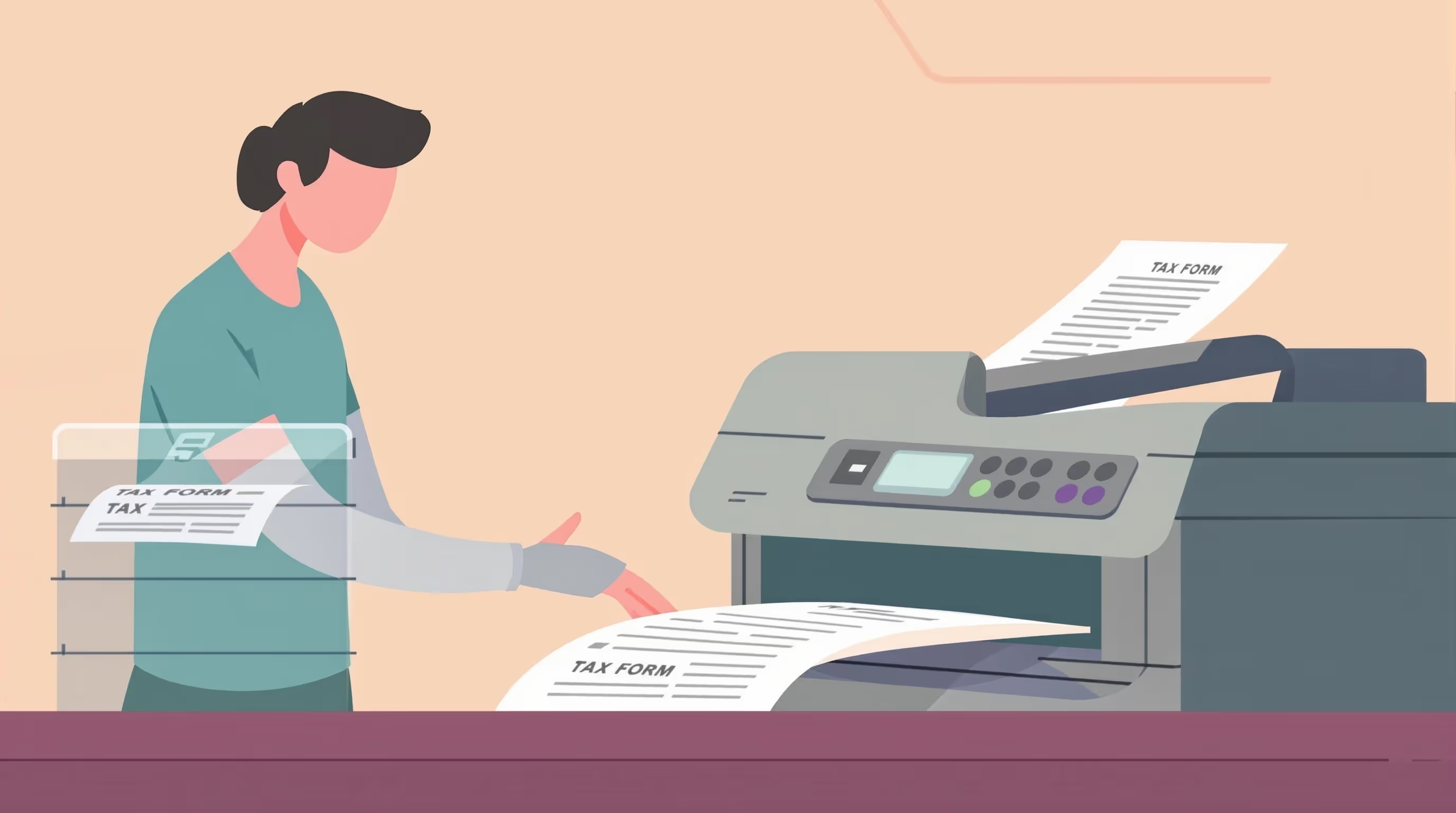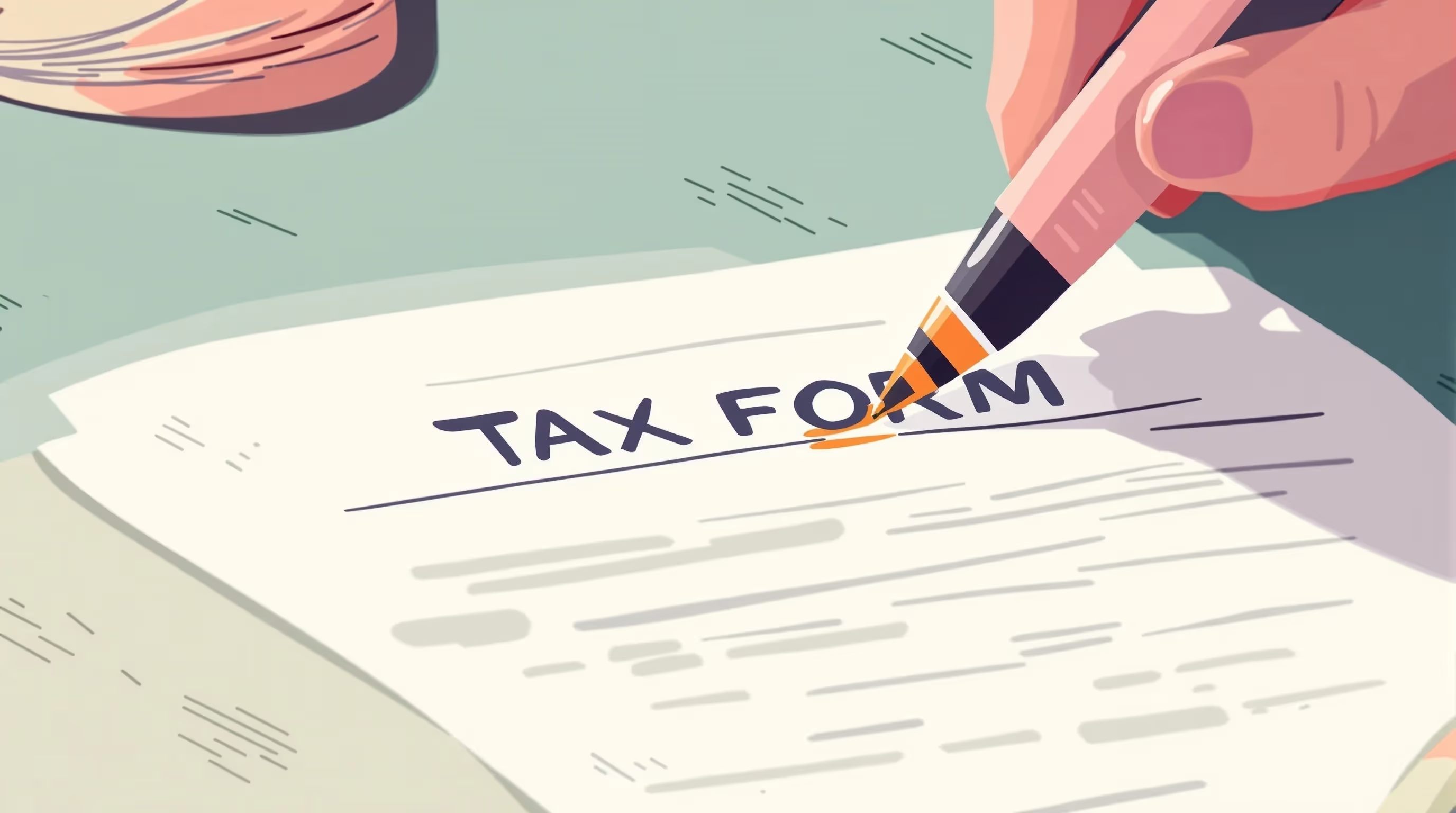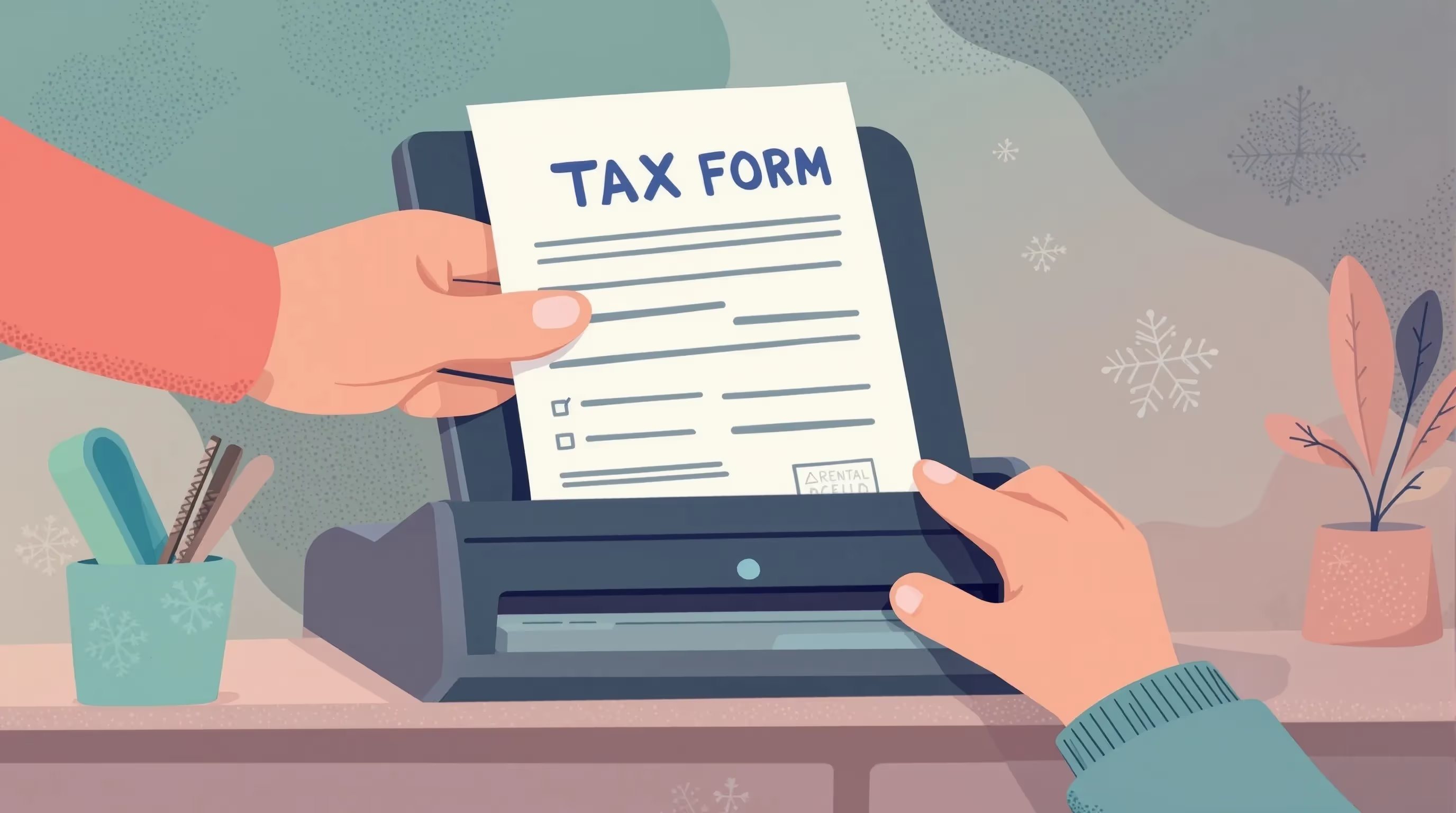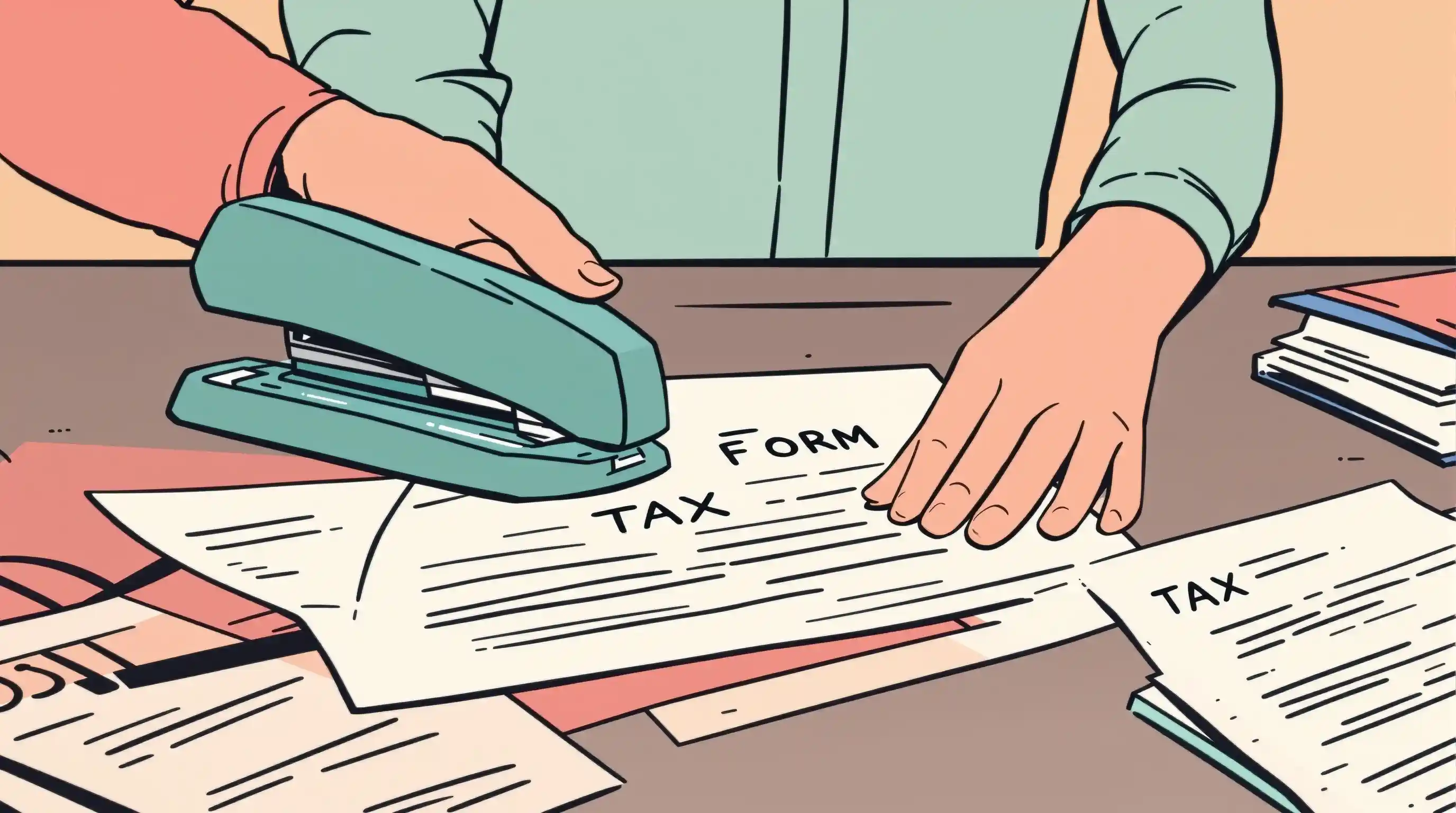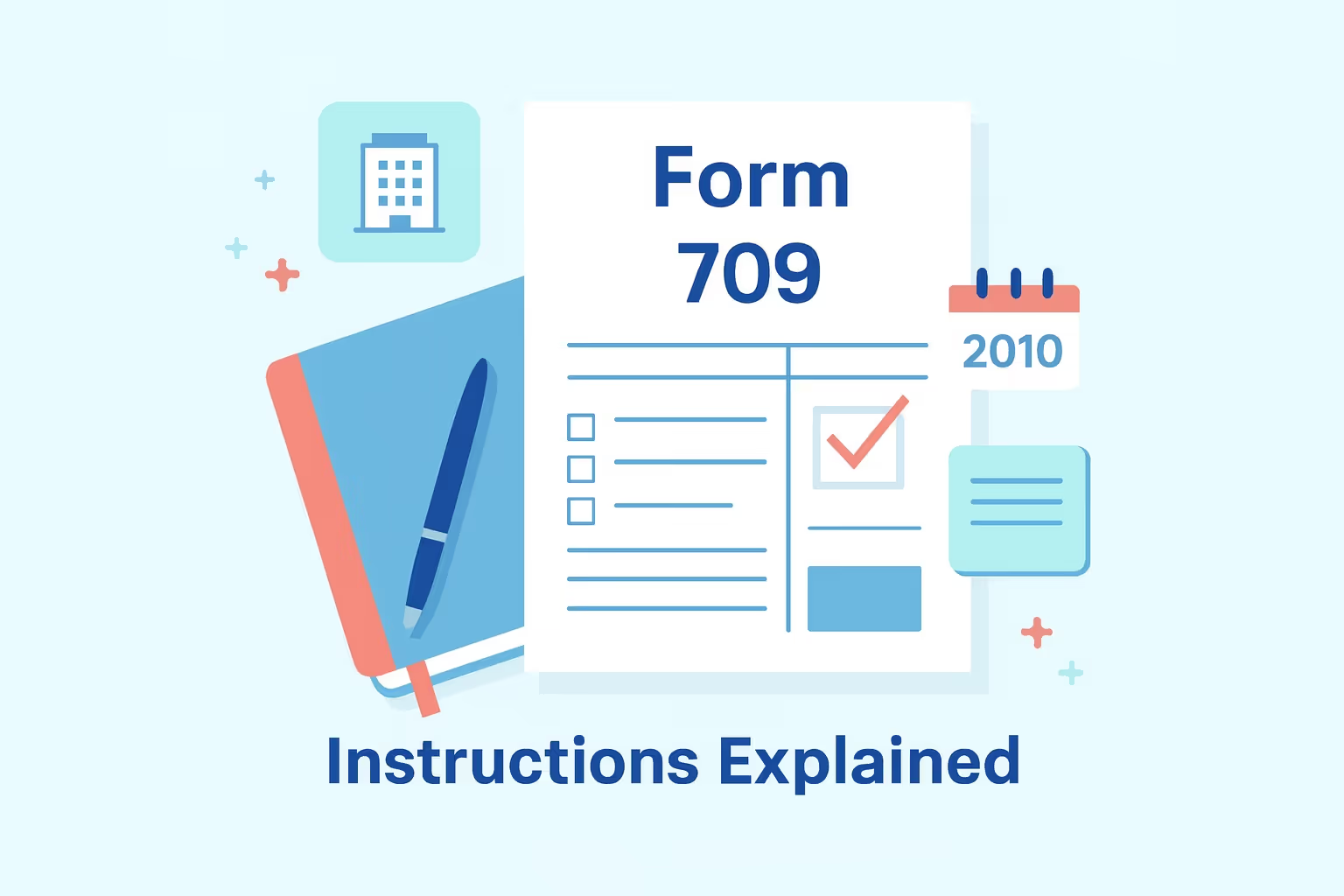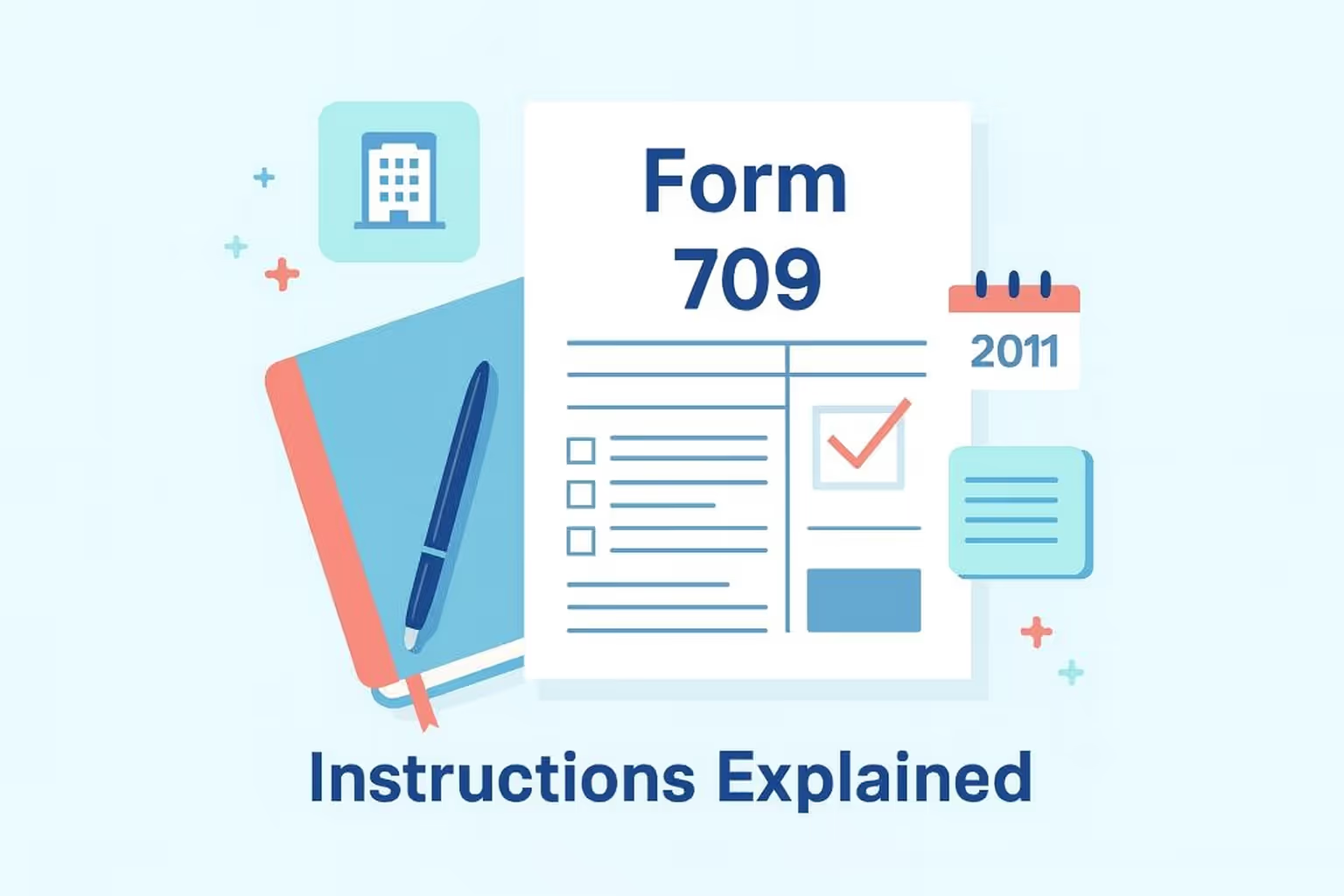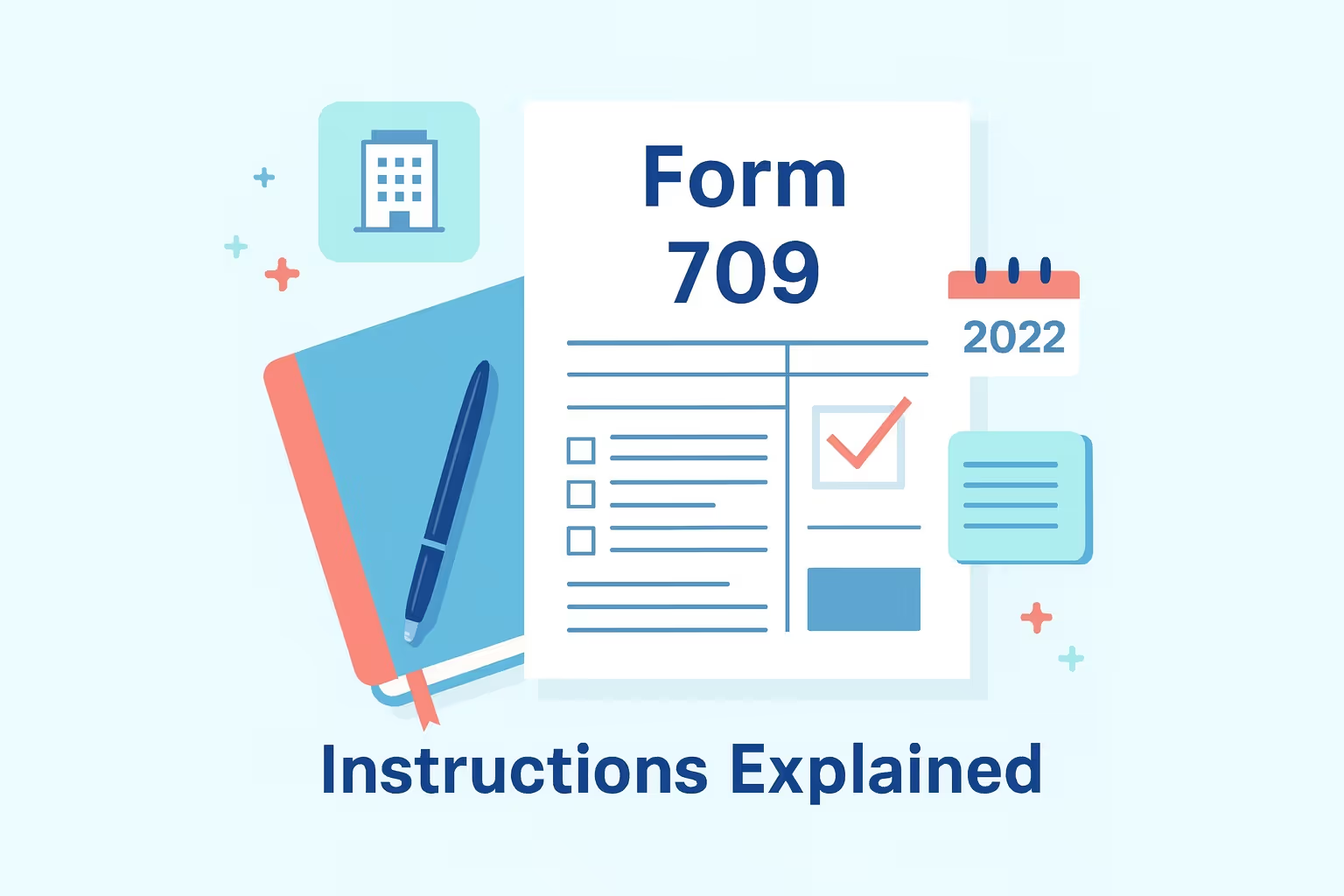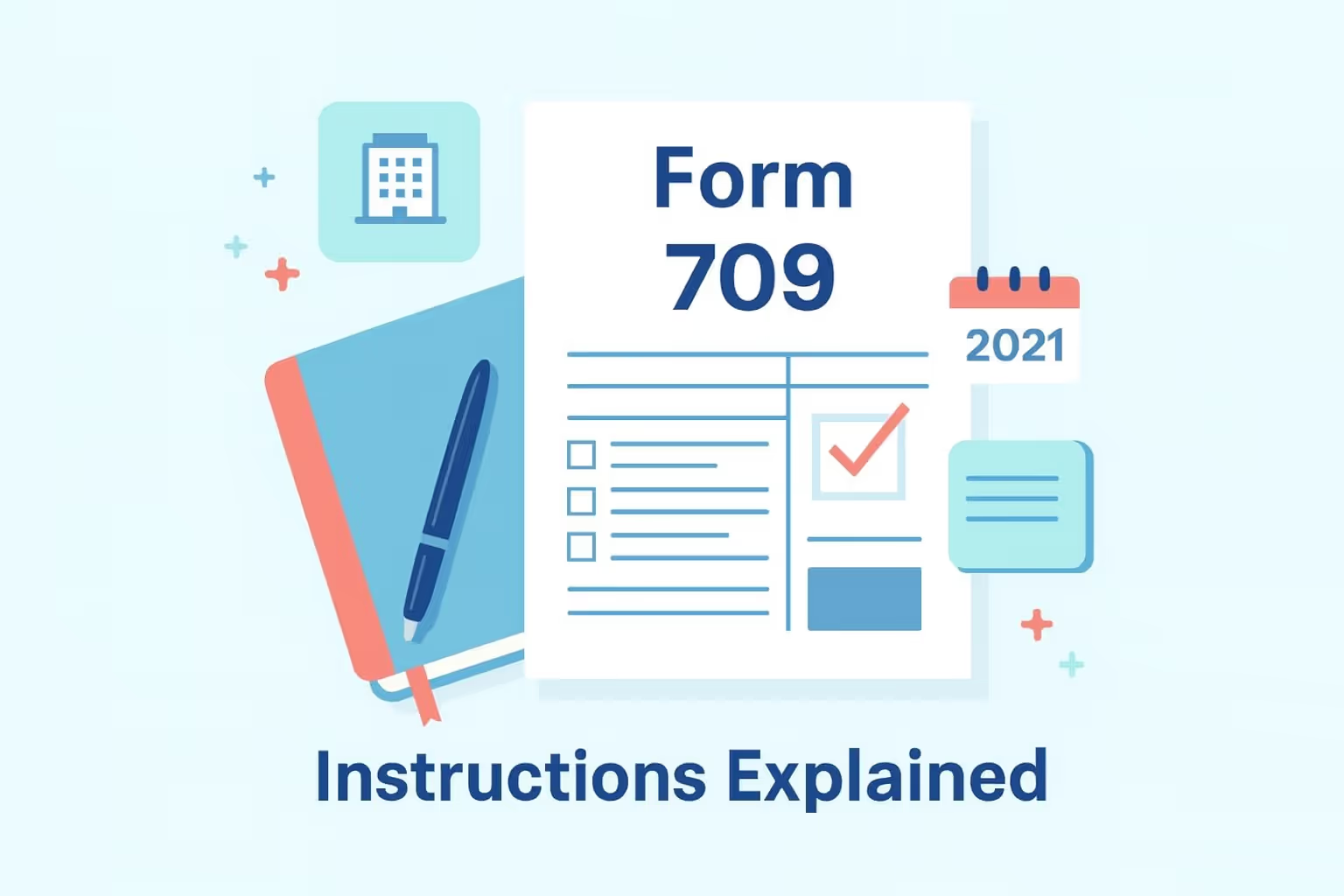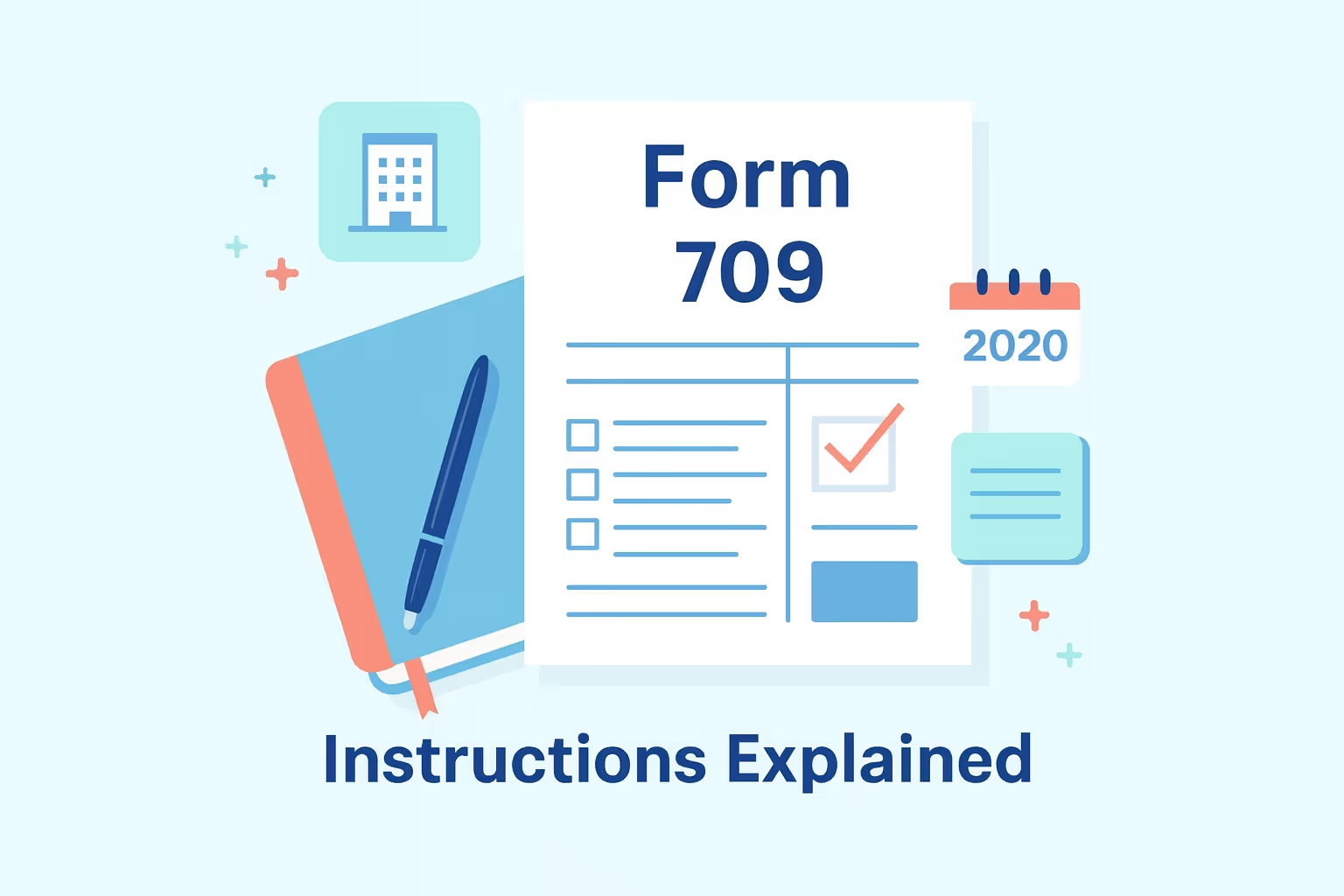
What IRS Form 706 (2023) Is For
IRS Form 706 (2023) is the United States Estate and Generation-Skipping Transfer Tax Return used to calculate and report the total estate tax for a decedent’s estate. This form helps the estate’s executor determine whether the gross estate and adjusted taxable gifts exceed the federal estate tax exemption for 2023. If so, the estate must file an estate tax return with the Internal Revenue Service to calculate its estate’s tax liability and determine the correct deductions, credits, and tax computations required under the Internal Revenue Code.
When You’d Use Form 706 for 2023 (Late or Amended Filing)
If executors find mistakes or need to make a portability election, they can file an estate tax return late or as an amended version. Some common reasons are missing the nine-month deadline for filing, fixing mistakes in asset valuations, or giving the surviving spouse the deceased spouse's unused exclusion. If you ask for it before the deadline, the IRS will automatically give you an extra six months. Under the applicable revenue procedure, estates not originally required to file may still choose portability up to five years after the decedent's death.
Key Rules or Details for 2023
- Federal estate tax exemption: The filing threshold for 2023 is $12,920,000. Estates exceeding this amount must file an estate tax return and pay estate taxes based on the total value of the decedent’s gross estate.
- Adjusted taxable gifts: Lifetime gifts made by the decedent must be included to determine the taxable estate and correct total estate tax calculations.
- Fair market value of assets: All property, bank accounts, retirement accounts, and digital assets must be reported at their fair market value as of the decedent’s date of death.
- Automatic six-month extension: Executors may request a filing extension by submitting Form 4768 before the initial filing deadline.
- Interest on unpaid estate taxes: Interest accrues daily on unpaid taxes until full payment is made to the Internal Revenue Service.
- Estate tax closing letter: Once the return is processed, executors may request this letter from the IRS confirming that the estate’s federal tax obligations are complete.
Browse more tax form instructions and filing guides in our Forms Hub.
Step-by-Step (High Level)
Step 1: Gather Financial Records
Collect detailed information on the decedent’s assets, including real property, personal property, bank accounts, and retirement accounts. Ensure the fair market value for each asset is properly documented for the filing.
Step 2: Complete the Correct Filing Form
Use the 2023 version of IRS Form 706, ensuring all sections align with the Internal Revenue Code. Include the total value of the estate, adjusted taxable gifts, and deductions.
Step 3: Attach Required Schedules
Attach copies of death certificates, appraisals, and financial statements. Include supporting schedules for deductions such as funeral expenses, debts, and charitable contributions related to the estate’s administration.
Step 4: File Form at the Correct Address
Mail all late or amended returns to the Internal Revenue Service Center in Florence, Kentucky. Executors should confirm the mailing address in the latest IRS instructions for Form 706.
Step 5: Keep Copies and Confirm Accuracy
Retain copies of the complete filing, including supporting documents and receipts. Review tax computations carefully to correct mistakes before submission and ensure accurate tax calculations.
Step 6: Pay Estate Taxes
If taxes are due, make payments electronically using EFTPS or installment payments approved by the IRS. These ensure compliance and timely posting of the estate’s payments.
Learn more about federal tax filing through our IRS Form Help Center.
Common Mistakes and How to Avoid Them
- Missing portability election notation: Executors must provide the required statement as specified in the revenue procedure to elect portability and transfer any unused exclusion from the deceased spouse to the surviving spouse.
- Incomplete reporting of lifetime gifts: Many estates forget to include prior gifts in the taxable estate, which leads to incorrect total estate tax computations and penalties.
- Incorrect fair market value appraisals: Property and asset valuations must reflect the decedent’s death date. Using outdated valuations causes errors in tax calculations and may delay the closing letter for the estate tax.
- Failing to request a filing extension properly: The automatic six-month extension must be requested using the correct IRS form before the original filing deadline. Missing this step can result in penalties and interest.
- Overlooking digital assets: Executors should include cryptocurrency, online accounts, and digital property in the gross estate to maintain complete compliance with the Internal Revenue Service.
- Neglecting to file amended returns when needed: If new information affects the taxable estate or deductions, an amended filing ensures accurate estate tax liability and prevents later disputes.
Learn more about how to avoid business tax problems in our guide on How to File and Avoid Penalties.
What Happens After You File
The IRS generally processes estate tax returns within six to nine months. Executors will receive a notice acknowledging receipt and may later obtain a closing letter for estate taxes confirming that they are finalized. If additional taxes are due, interest continues to accrue until full payment. Executors may apply for installment payments or elect Section 6166 deferrals for estates with closely held businesses. If disagreements arise, the estate’s executor may request an appeal through the Internal Revenue Service Office of Appeals.
FAQs
What is the federal estate tax exemption for IRS Form 706 (2023)?
For 2023, the federal estate tax exemption is $12,920,000. Estates exceeding this amount must file an estate tax return and calculate the total estate tax under Internal Revenue Code rules.
How do I file an amended estate tax return for late or corrected filings?
You can file amended estate tax returns if mistakes or new information affect the estate’s income tax return or tax liability. Include supporting documentation for all adjustments.
What is an estate tax closing letter, and when do I receive it?
The estate tax closing letter is issued by the Internal Revenue Service once all estate taxes are settled. It confirms completion of the estate administration process.
How does the portability election affect the surviving spouse’s exemption?
A portability election allows the deceased spouse's unused exclusion to be transferred to a surviving spouse, enabling them to increase their federal estate tax exemption for future estate tax returns.
What deductions reduce the total estate tax?
Allowable deductions include funeral expenses, debts, and charitable contributions. These deductions lower the taxable estate and total estate tax due on the estate tax return.
What is fair market value, and why is it important for estate taxes?
Fair market value represents what an asset would sell for on the decedent’s date of death. Accurate fair market value ensures correct estate tax calculations and compliance with IRS form requirements.
How can I file an estate tax return if I missed the deadline?
If you missed the nine-month deadline, file Form 706 immediately and request an automatic six-month filing extension, if applicable. Include interest and any installment payments due.
For more resources on filing or understanding prior-year IRS forms, visit our guide on Estate and Gift Tax Reporting







